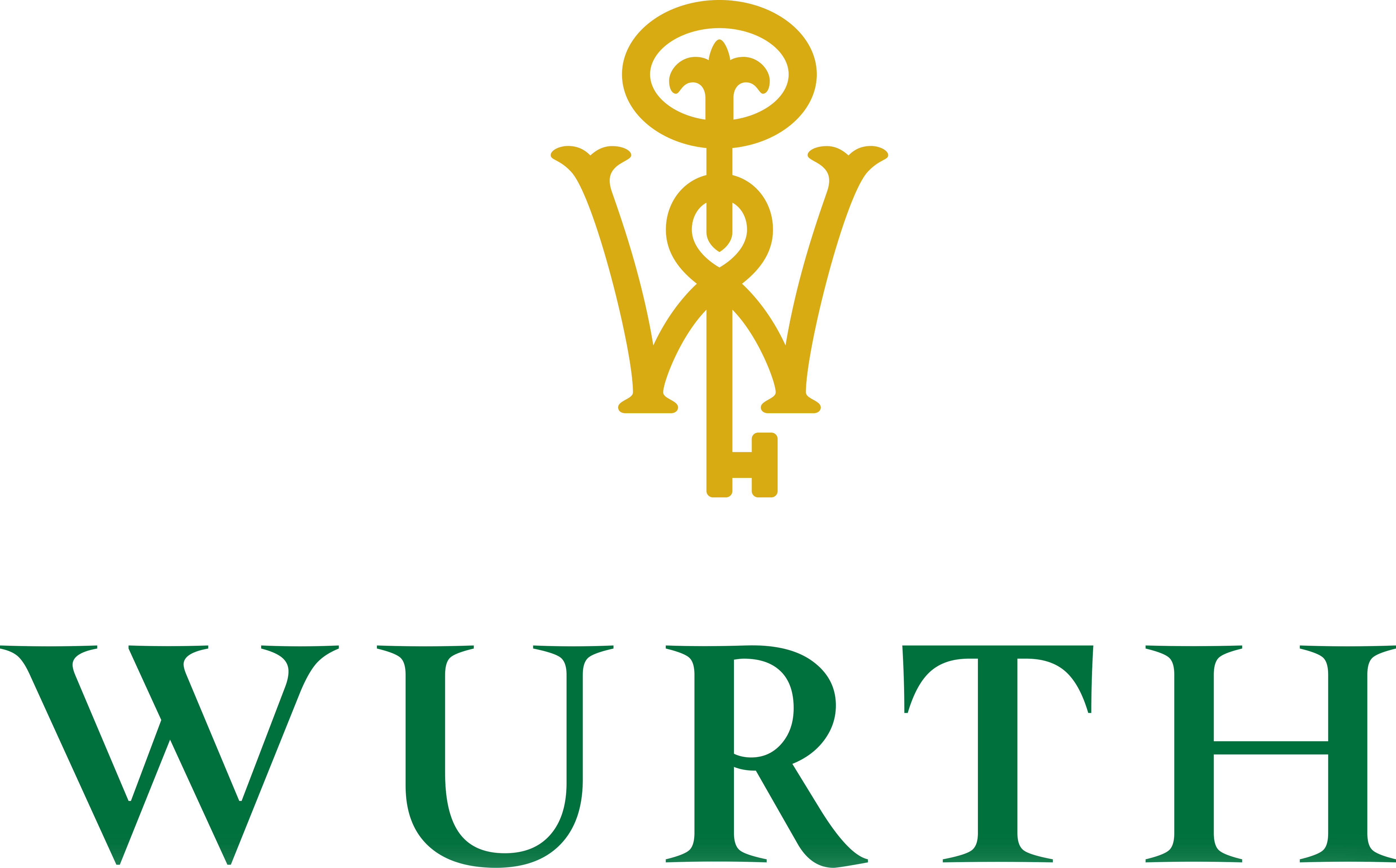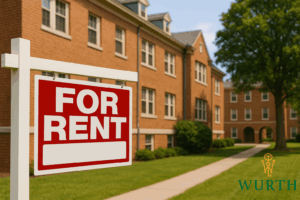
The lease agreement is an official document protecting the landlord and the tenant. It explicitly outlines the terms and conditions of renting a property. Making it as detailed as possible will put your mind at ease while holding you both accountable for your responsibilities.
To create a lease agreement that protects you and your tenants, you must cover all essential clauses and add the good-to-have clauses for clarity and protection. In this article, we will tell you what they are.
What Is a Lease Agreement?
Look at this official document as a framework for the landlord and tenant relationship. It is like a map with all the proper responsibilities and expectations of both parties throughout the lease term. It includes essential details like the property address, lease duration, rent amount, security deposit, and any rules governing the property’s use.
Who Is the Lease Agreement for?
Both parties must be included with their full legal names and contact information. This way clear communication will be ensured, and any necessary correspondence will be facilitated throughout the lease term. When both parties are clearly defined, there will be no potential misunderstandings or disputes, laying a solid foundation for building a robust landlord-tenant relationship.
Property Description
A detailed description of the rental property must be included in the lease to prevent misunderstandings and disputes. This means that information, including the property’s address, unit number, and any distinctive features or amenities it offers, must align with the landlord and tenant’s expectations of the property. This will speed up transparency and trust during the process.
Lease Term
The next thing that must be included in the lease agreement is the time frame of the tendency. It must be specified whether it is a fixed-term list with a specific start and end date or a month-to-month lease that automatically renews each month. This gives proper security to both parties so they can plan accordingly and understand their obligations during that time frame.
The Rent Amount and Payment
Another lease element is the rent amount and how it will be paid. This clause outlines the tenant’s financial obligations, including the rent amount, the due date, and the payment methods. Specifying any late fees for the overdue rent and the consequences of non-payment, including eviction proceedings, is a good idea. This is one of the most essential parts of the lease agreement, so clearly defining the rent payment terms will help you avoid misunderstandings and disputes.
Security Deposit
The security deposit clause is also one of the most essential parts of the lease agreement because it is equally crucial for both parties. Some states have specific rules and laws regarding the security deposit and how it should be handled. If you are unaware of those in your state, talk with the property manager to explain the local regulations.
The security deposit itself should clearly state the amount and conditions under which it will be refunded at the end of the lease term. It should also state how the deductions are going to be made for damages beyond normal wear and tear or unpaid rent.
Maintenance, Repairs, and Inspections
The clause referring to maintenance repairs and inspections is inevitable because it is crucial for maintaining the property’s condition throughout the lease term. In this clause, you can specify who is responsible for routine maintenance tasks and significant repairs. Usually, that would be the landlord, but there must be a predetermined process for informing the landlord about issues and the rental property.
Moreover, inspections must be regularly conducted to ensure the excellent condition of the rental property and the living conditions inside. So, in the lease agreement, you must specifically say how often inspections will take place and what notice will be given before entering the property.
Termination and Renewal
This clause should outline the conditions under which either party terminates the lease agreement before the lease ends. Notice requirements and any penalties for fees for early termination should be clearly stated, and each would also address the option to renew the lease at the end of the term.
Dispute Resolution
Last but not least, provisions for resolving disputes between the landlord and tenant must be clearly stated. This clause should specify which method to resolve conflicts and the jurisdiction and venue for legal actions.
Conclusion
Creating the perfect lease agreement benefits both the landlord and the tenant. The more detailed it is, the more apparent who can be held accountable for everything that will happen during the lease term.
At Wurth Property Management, we understand the importance of a well-crafted lease agreement in protecting both landlords and tenants. With over 100 years of experience, we help property owners create clear, detailed lease agreements that cover all essential aspects—ensuring legal compliance and preventing disputes. Our expert team and advanced technology ensure your agreements are transparent and easy to manage, so you can enjoy peace of mind knowing your property and tenants are well-protected.






